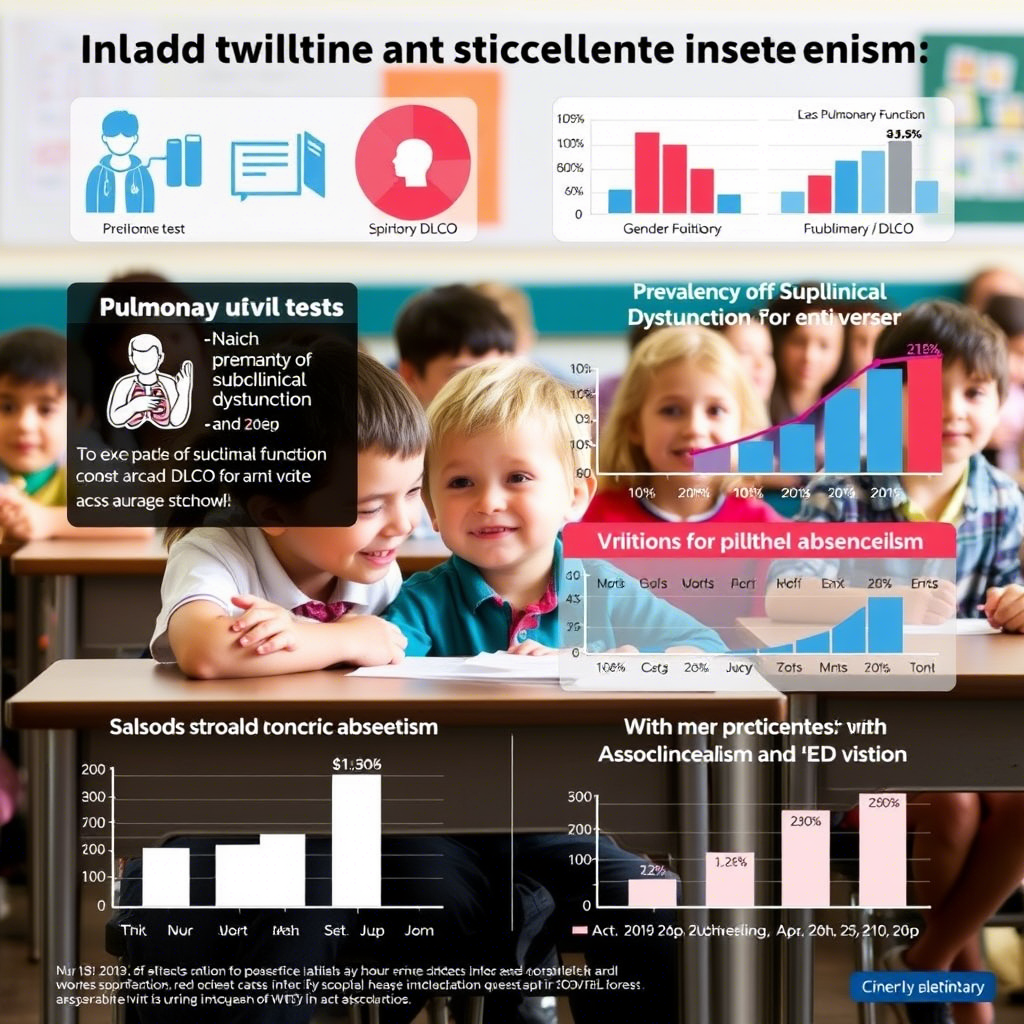Echoes of a Missed Breath: The Invisible Burden of Subclinical Respiratory Dysfunction in Post-COVID Pediatric Populations
Hugo Moreau¹, Claire Bernard², Louis Martin³, Léa Fontaine⁴
Keywords:
Pediatric COVID-19, Subclinical Lung Dysfunction, Pulmonary Function Test, Respiratory Sequelae, Long COVIDAbstract
Background:
While most children recover from COVID-19 with mild symptoms, emerging evidence suggests a significant subset experiences persistent, subclinical respiratory impairment that goes undetected in routine follow-up.
Objective:
To assess the prevalence, characteristics, and clinical significance of subclinical respiratory dysfunction in children previously infected with SARS-CoV-2, as well as its association with school absenteeism and emergency department (ED) revisits.
Methods:
This longitudinal cohort study enrolled 512 children aged 6–15 years from pediatric outpatient clinics in Paris, all of whom had PCR-confirmed COVID-19 between October 2021 and June 2023. Pulmonary function tests (PFTs), including FEV1, FVC, and diffusion capacity (DLCO), were conducted at 3 and 9 months post-infection. Subclinical dysfunction was defined as ≥1 abnormal PFT in an asymptomatic or mildly symptomatic child.
Results:
At 9 months follow-up, 28.4% of children demonstrated subclinical abnormalities, most commonly reduced DLCO (18.2%) and mildly decreased FEV1 (11.7%). Children with subclinical changes had a significantly higher rate of school absenteeism (mean: 5.7 vs. 2.1 days, p < 0.001) and ED revisits for nonspecific respiratory complaints (19.6% vs. 8.2%, p = 0.004). No significant structural lung damage was found on imaging, which supports the functional nature of the symptoms. Girls were more affected than boys (32.1% vs 24.7%, p = 0.03).
Conclusion:
Subclinical respiratory dysfunction represents a hidden but impactful consequence of pediatric COVID-19. Despite normal physical exams, functional impairment can affect quality of life and drive health service utilisation. Routine PFT screening post-infection may offer a cost-effective intervention for early detection and recovery support in vulnerable children.
Downloads





